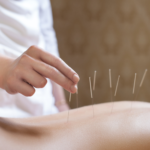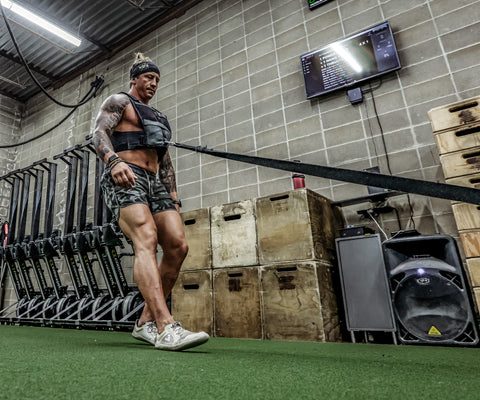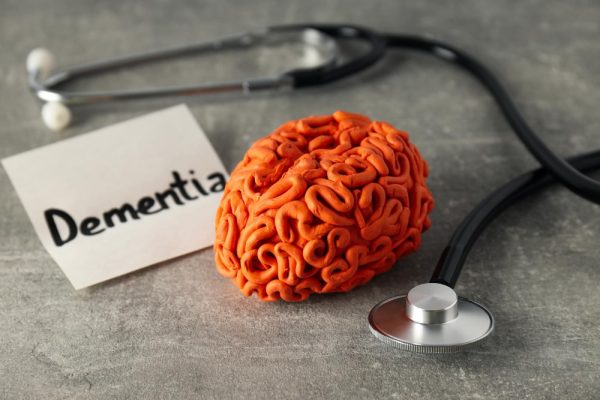It’s unfortunate, but only 33% of American adults get the recommended amount of physical activity each week. Even worse is, just 5% of them get 30 minutes of physical activity every day.
So if you’re in one of the above statistics, then congratulations! You’re in the small minority that’s taking good care of their bodies.
However, if you work out, you might deal with some soreness that prevents you from hitting the gym as much as you’d like to. But thankfully, there are ways around that.
If you’d like some muscle recovery tips, then you’re in luck. Here, we’ll discuss 7 tips for managing muscle soreness from workout sessions!
Table of Contents
1. Drink Plenty of Water
For anyone that has experience in the gym, this might seem very obvious when it comes to muscle recovery tips for athletes. But you’d be surprised at just how many people don’t know the importance of hydration!
Drinking water isn’t just to replenish all the liquids you’ve lost from sweating. It’s also to help your body keep running smoothly. If it can’t run smoothly, then it can’t repair your muscles after working out.
So make sure you drink at least 2 litres of water a day. Make sure you hydrate even more if you work out particularly hard or if it’s been a hot day.
2. Do Proper Stretching
Most people know that you should do some light stretching before your workouts. If you try to just jump in, your muscles aren’t warmed up and there’s an increased chance of pulling something.
But did you know you should do light stretching after your workouts as well? This will help your muscles get back to regular activity smoothly. Plus, it’ll make recovery much quicker.
3. Get Massages
Getting a massage is one of the best post-workout muscle recovery tips out there. But it might not be realistic, especially if you work out every day. That can quickly add up.
But rest assured that you can massage yourself, all without spending a ton of money either. All you need is a foam roller and even a foot bath with a massager.
Do consider booking a massage every once in a while though. Save it for more intense workouts as a treat to yourself for making it through them.
No matter what type of massage you choose, it’ll help with inflammation, which will move along the recovery process.
4. Eat the Right Things
What you put into your body before and after workouts will help with recovery, and not just water either.
The most important thing is to get lots of carbs and proteins in your body post-workout. Foods with lots of antioxidants and omega-3 fatty acids will help out as well.
Carbs and proteins will help your body repair those microtears in your muscles much faster. And antioxidants and omega-3 fatty acids will help keep inflammation down so you won’t hurt as much.
5. Get Plenty of Sleep
We spend about a third of our lives sleeping for a reason. This is a crucial time of the day where our body slows down and does its job repairing everything that needs to be fixed.
So it stands to reason that if you don’t allow yourself to get enough shuteye, your muscle recovery after workouts won’t be as quick. Not to mention, you might feel fatigued and not as energetic for your gym sessions too.
Another important thing to note is that if you don’t get enough sleep, your body won’t have as good a response to inflammation.
Most people will need 7 to 9 hours of sleep for optimal recovery. The more intense the physical activity you’ve done, the more hours you should get.
6. Use Oxygen Therapy
We use up oxygen just sitting around. So it makes sense that we use even more up when we’re doing strenuous physical activity.
The problem is, when we work out, all the panting we do isn’t enough to get the amount of oxygen we need to keep our muscles going. When this happens, lactic acid starts building up.
Lactic acid is the main cause of muscle soreness, pain, and fatigue. So it makes sense that if we can reduce lactic acid production, we can improve our recovery time!
To reduce lactic acid production, you should use oxygen therapy. More specifically, you should do exercise with oxygen therapy (EWOT). If you’re interested, you can read more on EWOT’s site.
7. Have Epsom Salt Baths
To help your sore muscles, you should be taking warm baths after your intense workouts. Make sure you sit and soak to ensure the warm water works its magic on you.
You’ll want to try putting Epsom salt in your baths too. It’s believed that when Epsom salt breaks down into magnesium and sulfate, these elements will soak into your skin and promote recovery.
This hasn’t actually been scientifically proven yet, but it certainly wouldn’t hurt to try!
Use These Muscle Recovery Tips to Get Back in the Gym Quicker
Now that you have some great muscle recovery tips, you’ll be able to keep up with your fitness goals with fewer setbacks.
But always remember to listen to your body. If instead of soreness, you’re dealing with something more serious (like searing pain), then give it a rest. If you push yourself past your limits, then you might end up sitting out for even longer.
So be kind to yourself. In the end, if you take care of your body and listen to its needs, you’ll be much more productive.
Now that you know how to manage muscle soreness post-workout, want to keep learning about health and wellness? Then keep reading our blog page now!











